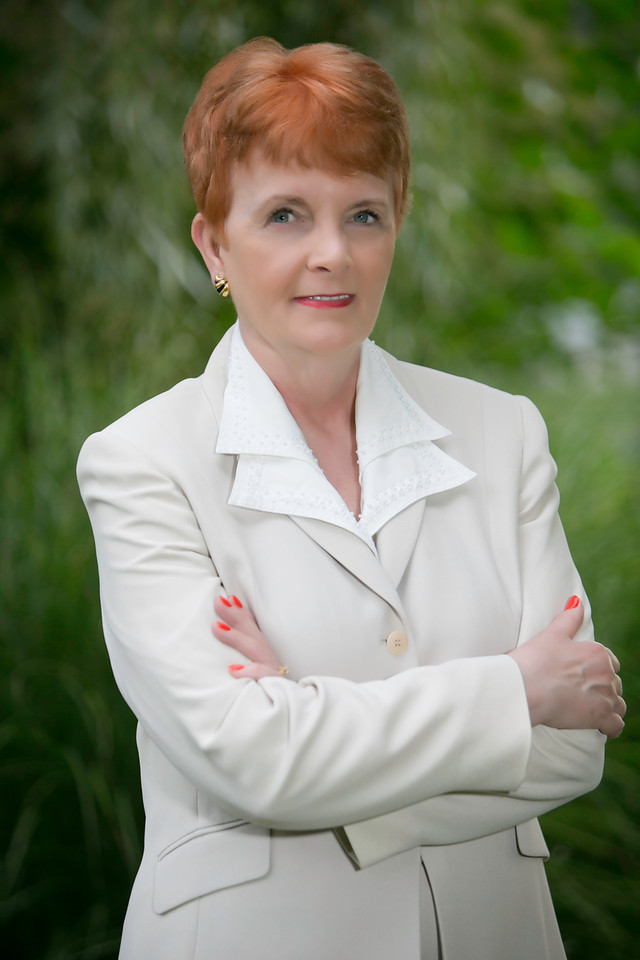Making Work Less Stressful
Do you look forward to the weekends and dread Monday mornings, apprehensive of what unknown problems you will face in addition to what’s currently on your plate? For example, most heart attacks occur early Monday morning and the least on Saturdays.
Not surprisingly, we don’t handle stress well in this complex working environment, and our bodies react by default. Our reaction to a demanding client is similar to a life-or-death threat. Unfortunately, that lousy stress can exhaust us and make us anxious. After all, the flight-or-fight response is triggered first because it is our survival mode. While it affects our concentration, we can make more mistakes by focusing on the problem rather than the solution.
However, we always have a choice. Instead of reacting, we respond by reducing our emotional response, calming our reaction mode, and thinking logically about how to face the day by developing a growth mindset that welcomes change and focuses on achieving a positive outcome. I am talking about shifting from defaulting to distressful thinking and feelings to eustress, a sweet “good stress” spot that motivates you, focuses your energy, and enhances your performance.
Shifting from Stressful to Calm in the Moment
It may seem too easy, but one way to shift your thoughts and calm yourself is habituating deep breathing—inhale for the count of four, hold for four, and exhale for four, repeat as necessary. It resets the brain, relaxes our muscles, and sends needed oxygen to the brain for clearer thinking.
Another is taking short breaks frequently. Research indicates adults’ concentration on a task is about 15 to 20 minutes. So stop what you are doing, stand up, stretch, and move, even by your desk. All you need is a minute to reset your brain and body.
Drink those eight glasses of water to stay hydrated. Not drinking enough water can cause headaches. At one time, I had migraine headaches. Then I began to drink water, and they stopped!
Finally, celebrating your wins, no matter how small will help you stay positive and motivated.
These are a few calming “hacks” you can use to go from distress to calm. However, you can be cool, calm, and collected and still not enjoy your work.
Making Work More Enjoyable
It saddens me to see Gallup Poll employee engagement figures for 2022 indicate only 32 percent of employees enjoy their work.
I attended a presentation yesterday on “Supporting Workplace Well-being Through Coaching” by Arti Kashyap-Aynsley. Well-being and psychological safety are two fundamental areas that underpin employee engagement, and they are unique to each individual.
Since we spend a third of our life at work, enjoying our work is energizing, motivating, productive, and satisfying. If you find your work frustrating, tedious, or stressful, it is time to redesign your job.
Job Redesign
Remote, in-office, or hybrid depends on your leader and, hopefully, you. Even though people felt they were more productive at home, leaders could not see their efforts and thought they were less so outside the office. However, having regular one-on-ones with your leader to talk about ongoing projects, being specific about expectations, and sharing your goals and the value you give can help alleviate any concerns.
As was presented yesterday, there are three questions to answer:
- First, why do you need to be in the office?
- Second, what will make you successful in your job?
- Third, how to make the most successful social connections? Both Microsoft and Gallup found that social time boosted mood while technology means tended to decrease mood.
I always recommend clients reflect on what is important to them in their roles—what is a need and what is a deal breaker. To help you answer these and many other questions about your work experience, Arti suggested using a tool, https://www.manualof.me/manual, which asks you questions to create your own “Manual of Me” and is your roadmap to a satisfying and productive job. There is an option for teams too.
I highly recommend using this tool by yourself, with a colleague, or with a coach.
How Happy Are You?
Here are a few more questions to consider:
- What are your routines for getting through your day?
- Are they working for you, or are changes needed?
- How do you define your well-being?
- What do you need more of and less of?
Finally, a quote I heard yesterday is profound: “You can’t give what you don’t have!” Years ago, I was burned out and almost ruined my health. I want to spare you from this. So check your well-being meter.
Ultimately, how engaged are you? If not or somewhat engaged, creating your “Manual of Me” and talking with your leader can make all the difference.



0 Comments